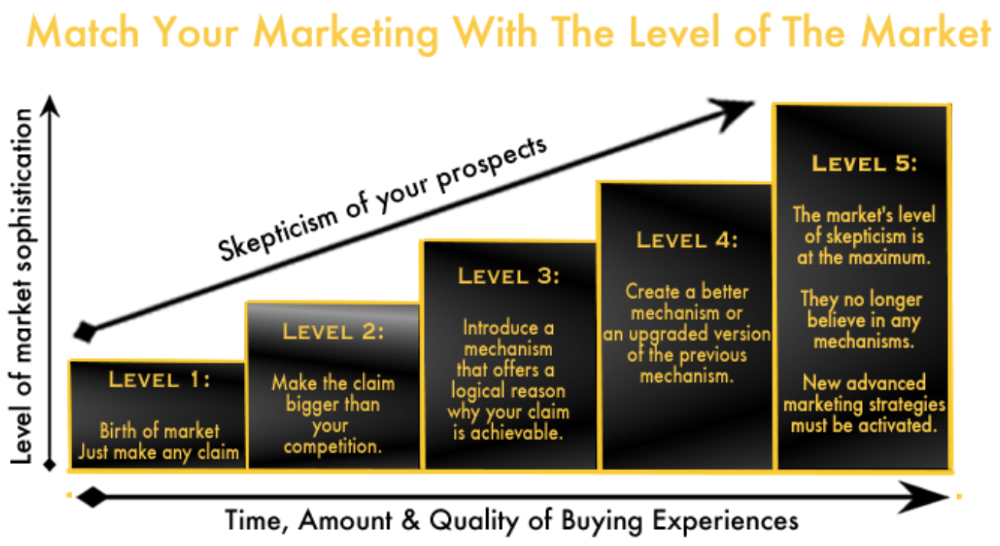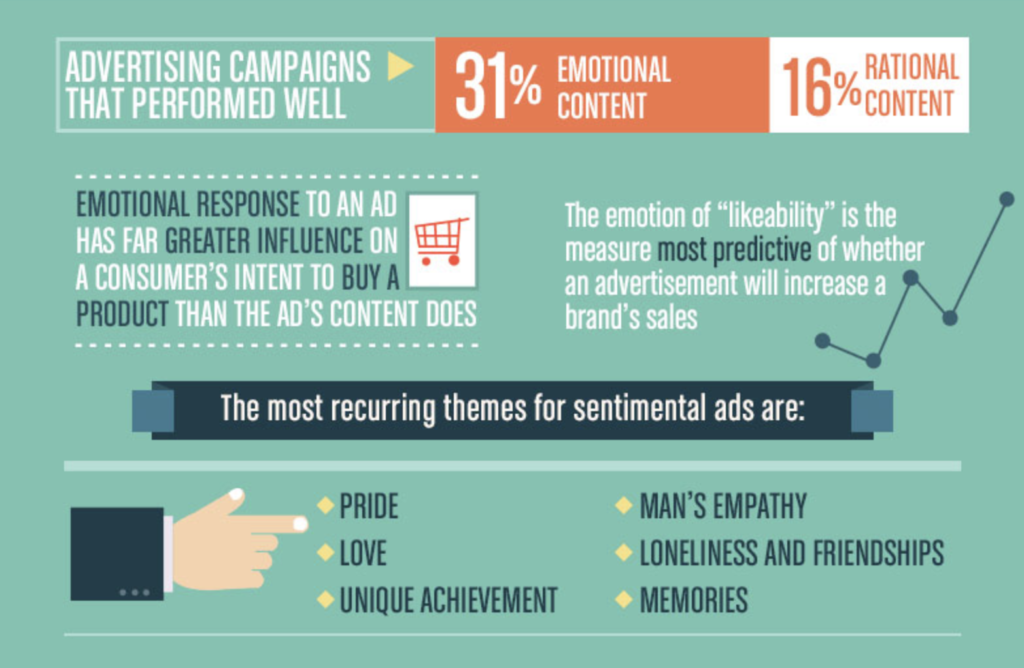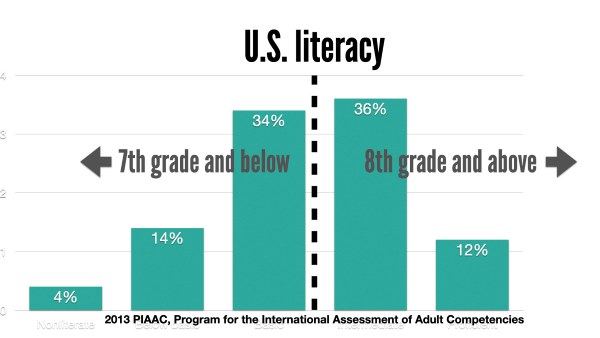If you haven’t read Breakthrough Advertising by Eugene Schwartz, you are missing out on a goldmine of copywriting and advertising knowledge.
It remains one of my favourite copywriting books to this day and has completely changed how I approach writing.
That’s why in this article, I am going to breakdown copywriting strategies and ideas from Eugene Schwartz that you can use to improve your own writing efforts.
Follow along!
Background on Eugene Schwartz’s Copywriting Philosophy
Eugene Schwartz wasn’t just another copywriter; he was a visionary who understood the power of words like no other. His philosophy revolved around one central idea: knowing your audience inside out.
In Schwartz’s world, copywriting wasn’t just about selling a product; it was about connecting with people on a deeper level. He believed that to truly resonate with your audience, you must understand their hopes, fears, and desires.
At the core of Schwartz’s philosophy lies the importance of creating headlines that stop people in their tracks. He knew that in a world bombarded with information, your headline is your first impression, your only chance to grab attention.
But Schwartz didn’t stop there. He believed in the power of simplicity and clarity in copywriting. He knew that if you couldn’t explain your message in a few simple words, you’d lose your audience’s interest.
Now, let’s dive into the details of Eugene’s copywriting strategies.
1. The 5 Stages of Market Sophistication
Understanding your audience’s level of awareness is key to crafting effective copy. Eugene Schwartz broke it down into five stages, each demanding a different approach.

Stage one: Unaware. At this stage, your audience doesn’t even know they have a problem. Your job? Make them aware of it. Think attention-grabbing headlines that highlight their pain points.
Stage two: Problem-Aware. Now they know they have a problem, but they’re not sure how to solve it. Enter your copy with solutions, positioning your product or service as the answer they’ve been searching for.
Stage three: Solution-Aware. They’re aware of solutions out there, but why should they choose yours? This is where you highlight your unique value proposition, showing them why you’re the best choice.
Stage four: Product-Aware. They know about your product, but they need that extra push to make the purchase. Use persuasive copy to seal the deal, emphasizing benefits and addressing any objections.
Stage five: Most Aware. At this stage, they’re ready to buy, but they need a gentle nudge. Offer incentives, testimonials, or limited-time offers to push them over the edge.
By understanding these stages and tailoring your copy accordingly, you’ll meet your audience right where they are, guiding them seamlessly through the buyer’s journey.
That’s the power of Eugene Schwartz’s approach to market sophistication, and it’s a game-changer for any marketer looking to drive results.
The Power of Emotional Appeal in Copywriting
Emotions are the secret of effective copywriting. In fact, advertisements are 31% more successful when they have an emotional pull. Eugene Schwartz knew this better than anyone. He understood that tapping into your audience’s emotions is the key to capturing their hearts and minds.

Think about it. When was the last time you made a purchase solely based on logic? Chances are, emotions played a significant role. Whether it’s excitement, fear, joy, or nostalgia, emotions drive our decisions.
Schwartz believed in using storytelling and language to evoke these emotions in your audience. Paint a vivid picture of how your product or service can transform their lives, and watch as they connect with your message on a deeper level.
But here’s the thing: it’s not just about making them feel good. It’s about making them feel understood. Show empathy, address their pain points, and let them know that you’re here to help.
So, the next time you sit down to write copy, don’t just focus on features and benefits. Think about the emotions you want to evoke and how you can create a connection with your audience.
2. The Importance of Research in Copywriting
This is a big one that I coach my students on regularly. I’ve seen so many copywriters skip the research phase and it’s no wonder why they hit writer’s block like there’s no tomorrow.
Research is the backbone of successful copywriting, and Eugene Schwartz understood this better than anyone. He knew that to truly connect with your audience, you need to dive deep into their wants, needs, and pain points.
But what does the research actually entail? It’s not just about a quick Google search. It’s about immersing yourself in your audience’s world, understanding their fears, desires, and aspirations.
Start by gathering data on your target market demographics, behaviors, and preferences. Use social media, case studies, statistics, and analytics to uncover valuable insights.
But don’t stop there. Dive into the competitive landscape, analyzing what others in your industry are doing right—and wrong. Look for gaps in the market where you can position your product or service uniquely.
Armed with this research, you’ll be able to craft copy that speaks directly to your audience, addressing their pain points and offering solutions they can’t resist.
3. Writing with Clarity and Simplicity
When it comes to copywriting, clarity and simplicity are your best friends. Eugene Schwartz knew this well—he believed that if you couldn’t explain your message in simple terms, you’d lose your audience’s interest.
So, what does writing with clarity and simplicity mean? It means cutting out the fluff and getting straight to the point. Use clear, concise language that even a child could understand.
Keep in mind that most people are reading at 7th-8th grade level, meaning that overly complex copy can shut out a big chunk of your audience.

Avoid jargon and complex terminology that might confuse your readers. Instead, opt for straightforward explanations that anyone can grasp.
But simplicity doesn’t mean sacrificing creativity. It’s about finding the perfect balance between clarity and compelling storytelling.
Remember, your goal is to make it as easy as possible for your audience to understand and engage with your message. By writing with clarity and simplicity, you’ll not only capture their attention but also earn their trust.
4. Leveraging Unique Selling Proposition (USP)
Your Unique Selling Proposition (USP) is what sets you apart from the competition. Eugene Schwartz believed that identifying and highlighting your USP is crucial for success in copywriting.
So, what exactly is a USP? It’s the one thing that makes your product or service different—and better—than anything else out there. It’s your secret sauce, your competitive advantage.
But here’s the thing: your USP isn’t just about what you do; it’s about how you do it. It’s about the unique value you bring to the table and the problem you solve for your customers.
To leverage your USP effectively, you need to first identify what makes you truly unique. What do you offer that no one else does? What sets you apart in a crowded market?
Once you’ve pinpointed your USP, make it the centerpiece of your copy, highlighting it in every piece of marketing material you produce.
But don’t just stop at telling people about your USP—show them why it matters. Use real-life examples, testimonials, and case studies to demonstrate the value you provide.
Summarizing Eugene Schwartz Approach to Copywriting
Eugene is a legend in advertising and if you haven’t read his material, do that ASAP. It’s a gamechanger when it comes to copywriting and marketing. But, to sum up what we looked at today, here are some main takeaways:
- Understand your audience deeply to craft compelling copy that resonates.
- Follow Eugene Schwartz’s five stages of market sophistication to tailor your messaging effectively.
- Harness the power of emotional appeal in your copywriting to connect with your audience on a deeper level.
- Conduct thorough research to uncover insights about your audience and industry, informing your copywriting strategy.
- Write with clarity and simplicity, avoiding jargon and complexity to ensure your message is easily understood.
- Identify and leverage your Unique Selling Proposition (USP) to differentiate yourself and stand out in the market.
- Showcase your USP prominently in your copy and demonstrate its value to your audience through real-life examples and testimonials.
- By implementing these strategies, you’ll create copy that not only captures attention but also drives action and builds trust with your audience.
Want copywriting mentorship and a community of like-minded people? Join my copywriting academy today!














